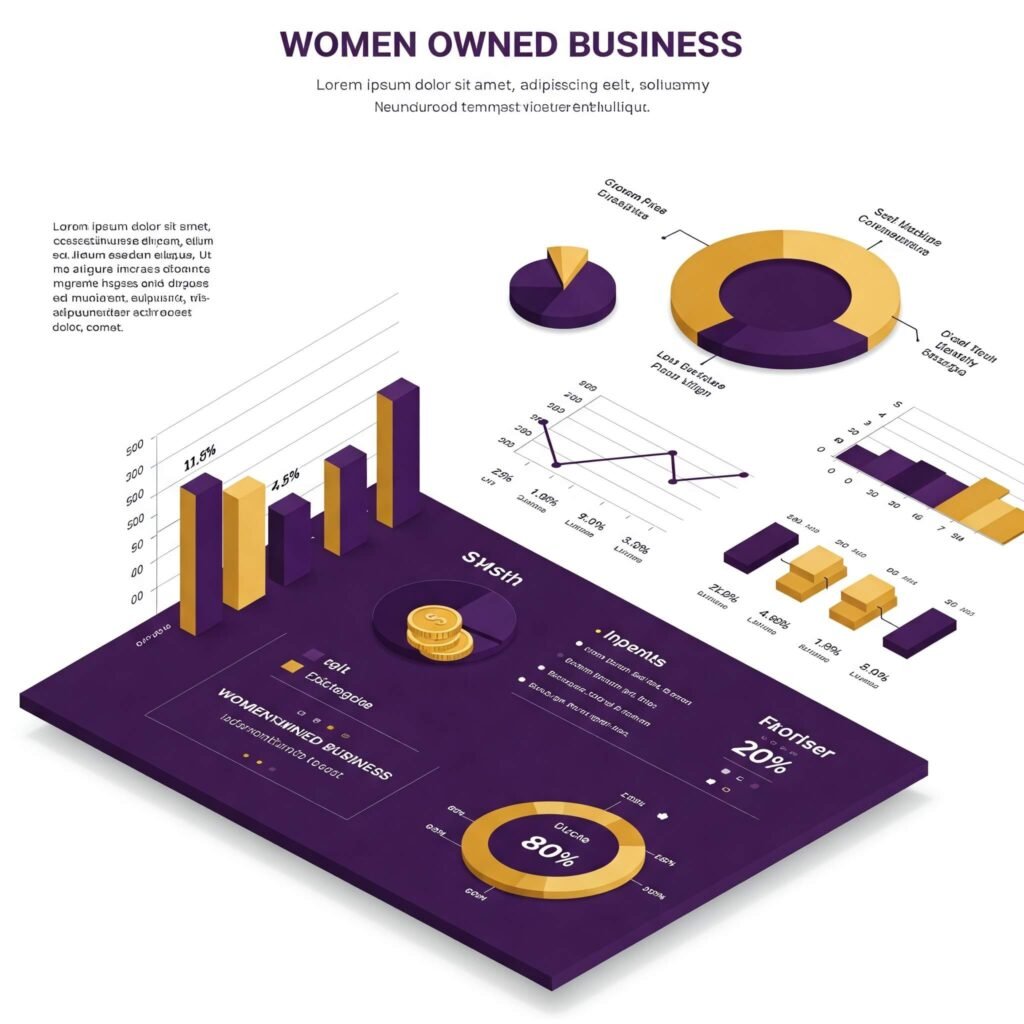Women in entrepreneurship are transforming the business world with innovative ideas, resilience, and unique perspectives. Indeed, as more women launch startups and lead companies, they’re becoming a pivotal force in global economies. Therefore, this blog explores why women are the future of entrepreneurship, supported by real-world examples, data, and actionable insights for aspiring female business owners.

The Rise of Women in Entrepreneurship
Notably, women in entrepreneurship are gaining momentum. For instance, a 2023 report by the Global Entrepreneurship Monitor reveals that women account for 40% of new entrepreneurs worldwide. Moreover, in the U.S., women-owned businesses generate over $1.9 trillion in revenue annually, according to the U.S. Census Bureau.
So, what’s driving this surge? Essentially, women are harnessing their creativity, empathy, and problem-solving skills to address market gaps. As a result, from tech startups to sustainable fashion, women entrepreneurs are reshaping industries with fresh perspectives.
Key Drivers of Female Entrepreneurship
- Access to Resources: For example, platforms like Coursera and LinkedIn Learning empower women with business skills.
- Support Networks: Additionally, organizations like Women’s Business Enterprise National Council offer mentorship and funding.
- Cultural Shifts: Furthermore, society increasingly values gender diversity in business leadership.

Why Women Entrepreneurs Are Uniquely Positioned for Success
Clearly, women in entrepreneurship bring distinct strengths. In fact, a Harvard Business Review study shows that women-led startups often outperform male-led ones in revenue and innovation. Thus, here’s why women excel:
1. Empathy-Driven Leadership
Specifically, women entrepreneurs prioritize customer needs, fostering loyal client bases. For example, Katrina Lake, founder of Stitch Fix, built a $2 billion company by personalizing shopping experiences.
2. Resilience and Adaptability
Moreover, women often navigate systemic challenges, honing their ability to pivot. Take, for instance, Sara Blakely, who turned $5,000 into Spanx, a billion-dollar brand, despite initial rejections.
3. Collaborative Mindset
Additionally, female business owners excel at building inclusive teams. As an example, Whitney Wolfe Herd’s Bumble, a women-first dating app, thrives on collaboration and empowerment.
Challenges Women in Entrepreneurship Face
However, despite their potential, women entrepreneurs encounter obstacles. Consequently, addressing these is vital for sustaining the momentum of women in entrepreneurship.
Funding Gaps
Notably, women receive only 2.3% of venture capital funding, per PitchBook. Fortunately, initiatives like All Raise are working to close this gap.
Work-Life Balance
Also, many female business owners juggle family responsibilities. Hence, flexible work models and supportive policies can make a difference.
Bias in Male-Dominated Industries
Furthermore, women in tech or finance often face skepticism. Nevertheless, mentorship and visibility through platforms like Forbes’ Women’s Summit can counter this.

Actionable Tips for Aspiring Women Entrepreneurs
So, are you ready to join the wave of women in entrepreneurship? Here are practical steps to kickstart your journey:
- Build a Strong Network: For instance, join groups like Lean In or local women’s business associations.
- Leverage Digital Tools: Specifically, use platforms like Canva for branding or QuickBooks for finances.
- Seek Mentorship: Moreover, connect with experienced female business owners via SCORE.
- Stay Resilient: Ultimately, embrace failures as learning opportunities—every setback is a setup for success.
The Future Is Bright for Women in Entrepreneurship
Looking ahead, the trajectory of women in entrepreneurship is promising. In particular, governments, corporations, and communities are recognizing their value, with initiatives like Goldman Sachs’ 10,000 Women providing training and capital. As a result, as women continue to innovate and lead, they’re not just participating in the entrepreneurial ecosystem—they’re defining it.
Outbound links:



































